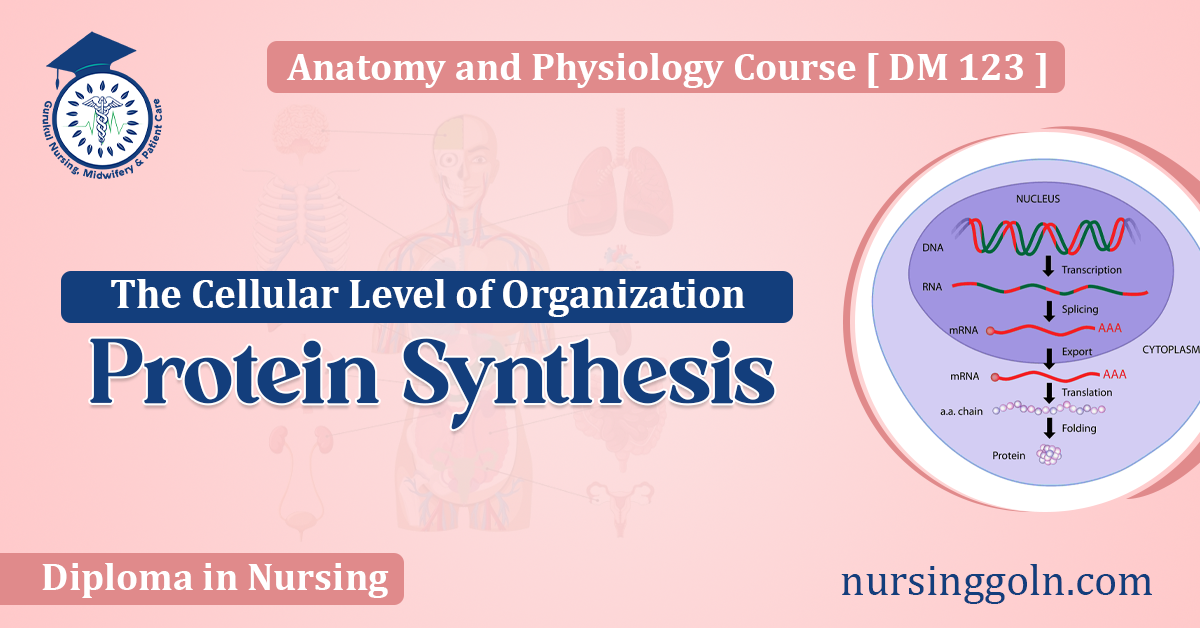Proteins play a fundamental role in virtually all cellular processes. Enzymes that facilitate biochemical reactions, structural components of cells, signaling molecules, and many other critical cellular functions are all carried out by proteins. It’s, therefore, no surprise that the process by which cells synthesize proteins, known as protein synthesis, is an essential and intricate one. In this article, we’ll delve deep into the mechanisms behind protein synthesis, emphasizing its importance at the cellular level of organization.
1. Introduction
Before we delve into the details, it’s essential to understand what proteins are and why they are so crucial. Proteins are large, complex molecules made up of chains of smaller units called amino acids. The sequence in which these amino acids are arranged determines the function of the protein, much like how the sequence of letters in a word gives it meaning.
2. The Central Dogma of Molecular Biology
The story of protein synthesis begins with the central dogma of molecular biology, which provides a basic framework for understanding the flow of genetic information within a biological system. This dogma can be summarized as:
DNA -> RNA -> Protein
In simple terms:
- DNA contains the genetic instructions needed to develop and direct the activities of organisms.
- RNA acts as a messenger carrying instructions from the DNA to the cell’s protein-synthesizing machinery.
- Proteins perform most of the functions in cells.
3. Transcription: From DNA to RNA
The first step in protein synthesis is transcription, where the DNA code for a particular protein is copied into a form of RNA called messenger RNA (mRNA).
Process of Transcription:
- Initiation: It starts when the enzyme RNA polymerase binds to a specific region on the DNA called the promoter.
- Elongation: RNA polymerase then unzips a segment of the DNA double helix. As the DNA strands separate, RNA polymerase adds complementary RNA nucleotides (adenine, cytosine, guanine, and uracil) to the growing mRNA strand.
- Termination: The process continues until RNA polymerase reaches a termination sequence on the DNA. At this point, the mRNA is complete, and it detaches from the DNA.
The resulting mRNA molecule carries the genetic information from the DNA out of the nucleus into the cytoplasm, where the ribosomes, the cellular machinery responsible for protein synthesis, are located.
4. Translation: From RNA to Protein
Once the mRNA reaches the cytoplasm, the second phase of protein synthesis, known as translation, begins.
Steps in Translation:
- Initiation: The mRNA attaches itself to a ribosome. The ribosome reads the mRNA in sets of three nucleotides called codons. Each codon corresponds to a specific amino acid.
- Elongation: Transfer RNA (tRNA) molecules, which carry specific amino acids, recognize the codons on the mRNA. Each tRNA has a region called the anticodon, which can base-pair with the complementary codon on the mRNA. As the ribosome moves along the mRNA, it facilitates the binding of tRNA molecules and their attached amino acids.
- Peptide Bond Formation: As each tRNA binds, the ribosome helps form a peptide bond between the newly added amino acid and the growing chain of amino acids. The tRNA then detaches and leaves behind its amino acid.
- Termination: The process continues until the ribosome encounters a stop codon on the mRNA. At this point, the ribosome releases both the mRNA and the newly synthesized protein.
5. Post-translational Modifications
After the protein is synthesized, it often undergoes various modifications to become fully functional. These can include:
- Folding: Proteins fold into specific 3D structures, assisted by molecules called chaperones.
- Cleavage: Some proteins are initially synthesized as inactive forms and need to be cut or cleaved to become active.
- Addition of functional groups: Groups like phosphates, carbohydrates, or lipids can be added to proteins, altering their function and localization within the cell.

6. Importance at the Cellular Level
Understanding protein synthesis at the cellular level has several critical implications:
- Disease Understanding: Many diseases are the result of dysfunctional protein synthesis or errors in the process. For example, sickle cell anemia results from a single amino acid substitution in the beta-globin protein.
- Drug Development: Many drugs target specific stages of protein synthesis or the regulatory mechanisms that control it.
- Evolutionary Insight: By studying protein synthesis, scientists can gain insights into evolutionary processes, as variations in protein function can lead to evolutionary advantages or disadvantages.
7. Conclusion
Protein synthesis, a fundamental cellular process, ensures that cells can produce the vast array of proteins necessary for life. From the transcription of DNA into RNA to the translation of RNA into proteins, this sophisticated mechanism is both a marvel of biology and an essential topic of study for anyone wishing to understand cellular function at its deepest levels. As research continues, our understanding of protein synthesis will only grow, promising new insights into cellular function, disease, and the very nature of life itself.
See more:
